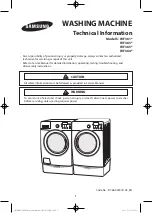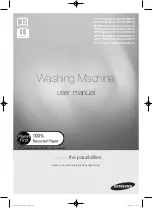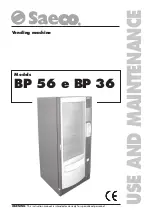
16
1
2
3
4
4
1
2
3
4
1
2
3
1
2
3
4
5
5
5
5
C
Puntadas en Zigzag
Selector de Puntada:
Pie prensatelas:
Tensión de hilo:
Longitud de puntada:
Ancho de puntada:
C
Prensatelas para zigzag
2-5
0,5-4
1,5
Las puntadas en zigzag simple se utilizan ampliamente
para sobrehilar, coser botones, etc.
SECCIÓN 4. COSTURA DE USO
GENERAL
Sobrehilado
Selector de Puntada:
Pie prensatelas:
Tensión de hilo:
Longitud de puntada:
Ancho de puntada:
C
Prensatelas para zigzag
1-4
1-2
5
La puntada en zigzag se utiliza en el margen de la costura
para impedir que la tela se deshilache en los bordes sin
rematar.
G
1
2
3
4
0
1
2
4
3
5
0
1
2
3
4
0
1
2
4
3
5
0
















































